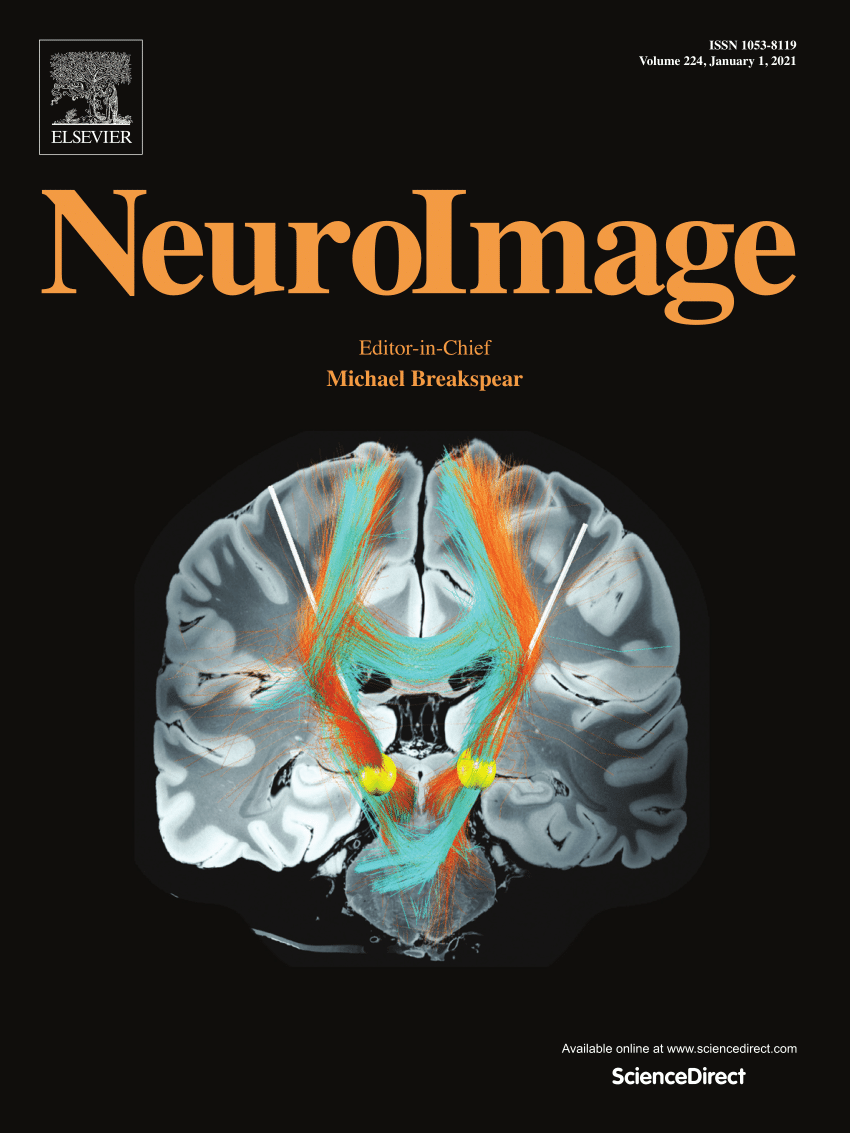AI-based deformable hippocampal mesh reflects hippocampal morphological characteristics in relation to cognition in healthy older adults
IF 4.7
2区 医学
Q1 NEUROIMAGING
引用次数: 0
Abstract
Magnetic resonance imaging (MRI)-derived hippocampus measurements have been associated with different cognitive domains. The knowledge of hippocampal structural deformations as we age has contributed to our understanding of the overall aging process. Different morphological hippocampal shape analysis methods have been developed, but it is unclear how their principles relate and how consistent are the published results in relation to cognition in the normal elderly in the light of the new deep-learning-based (DL) state-of-the-art modeling methods. We compared results from analyzing the hippocampal morphology using manually-generated binary masks and a Laplacian- based deformation shape analysis method, with those resulting from analyzing SynthSeg-generated hippocampal binary masks using a DL method based on the PointNet architecture, in relation to different cognitive domains. Whilst most previously reported statistically significant associations were also replicated, differences were also observed due to 1) differences in the binary masks and 2) differences in sensitivity between the methods. Differences in the template mesh, number of vertices of the template mesh, and their distribution did not impact the results.
基于人工智能的海马变形网格反映了健康老年人海马与认知相关的形态学特征。
磁共振成像(MRI)衍生的海马测量与不同的认知领域有关。随着年龄的增长,海马体结构变形的知识有助于我们对整个衰老过程的理解。不同的海马形态分析方法已经被开发出来,但目前尚不清楚它们的原理是如何关联的,以及根据新的基于深度学习(DL)的最先进的建模方法,发表的与正常老年人认知相关的结果是如何一致的。我们比较了使用人工生成的二进制掩模和基于拉普拉斯的变形形状分析方法分析海马形态的结果,以及使用基于PointNet架构的DL方法分析synthseg生成的海马二进制掩模的结果,这些结果与不同认知领域的关系。虽然大多数先前报道的具有统计意义的关联也被重复,但由于1)二元掩模的差异和2)方法之间的灵敏度差异,也观察到差异。模板网格、模板网格顶点数及其分布的差异对结果没有影响。
本文章由计算机程序翻译,如有差异,请以英文原文为准。
求助全文
约1分钟内获得全文
求助全文
来源期刊

NeuroImage
医学-核医学
CiteScore
11.30
自引率
10.50%
发文量
809
审稿时长
63 days
期刊介绍:
NeuroImage, a Journal of Brain Function provides a vehicle for communicating important advances in acquiring, analyzing, and modelling neuroimaging data and in applying these techniques to the study of structure-function and brain-behavior relationships. Though the emphasis is on the macroscopic level of human brain organization, meso-and microscopic neuroimaging across all species will be considered if informative for understanding the aforementioned relationships.
 求助内容:
求助内容: 应助结果提醒方式:
应助结果提醒方式:


